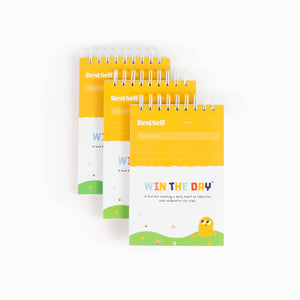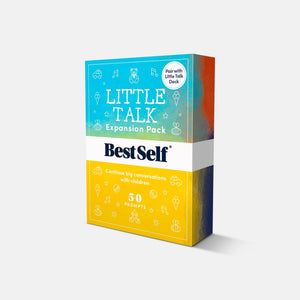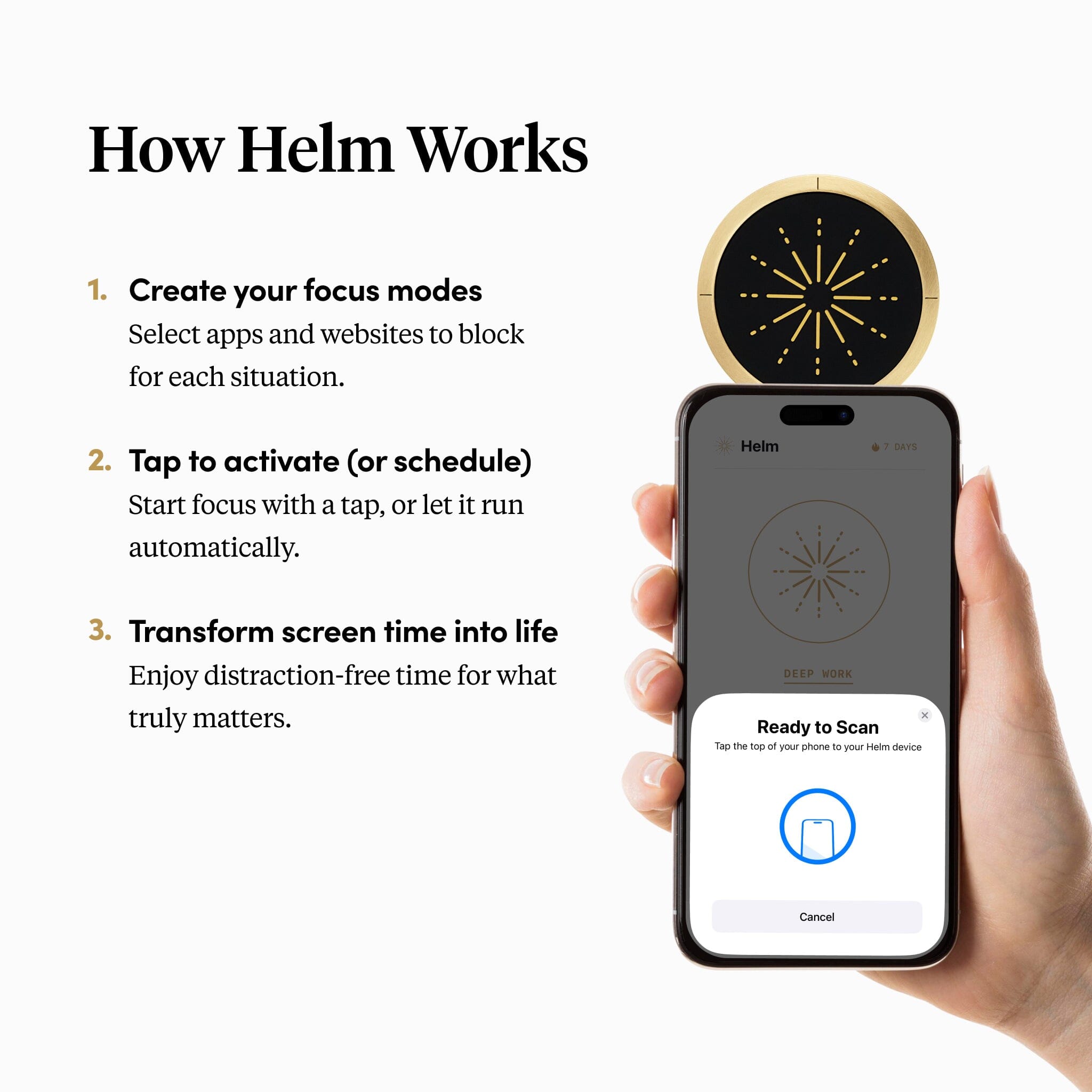Helping kids learn how to set goals is like giving them a map for life. When children understand the value of working towards something, they develop skills that will serve them well into adulthood. Setting goals teaches them about planning, persistence, and achievement.
Kids are naturally curious and eager to learn, which makes introducing goal-setting an exciting opportunity for growth. It doesn’t have to be complicated. Simple activities and engaging stories can spark their imagination and show them the power of aiming for something they want.
By encouraging kids to set both short-term and long-term goals, you help them experience success in steps. This builds their confidence and shows them how small efforts can lead to big results. As they achieve goals, they'll feel proud and more willing to tackle new challenges. Teaching kids these skills lays the foundation for a lifetime of success and personal growth.
Understanding the Importance of Goal Setting for Kids
Setting goals is a powerful tool for children because it helps them see the path ahead and gives them a sense of direction. When kids learn to set goals, they build skills that aid them in tackling challenges and striving for achievements. Goal setting also teaches them the value of effort and persistence, showing that big accomplishments can come from small, consistent actions.
One of the key benefits of goal setting is the boost in confidence it provides. Kids often feel a sense of accomplishment when they set a target and reach it. This success builds their self-esteem and encourages them to take on new and bigger challenges. Additionally, setting goals helps kids develop a sense of responsibility as they work on their own progress.
Introducing both short-term and long-term goals is important for children. Short-term goals might include finishing a book or learning a new skill in a week. These are achievable within a short period and provide quick motivation. Long-term goals, like saving money for a toy or achieving a higher reading level, take more time but teach patience and planning.
By understanding the importance of goals, kids can start viewing challenges as opportunities for growth. This mindset helps them carry the lessons of goal setting into adulthood, where they can tackle life's complexities with confidence and resilience.
Fun and Engaging Ways to Introduce Goal Setting
Introducing goal-setting doesn't have to be boring or daunting for kids. By making the process fun and engaging, you can inspire them to think about their own goals with enthusiasm. Here are a few activities to get started:
- Dream Big Drawings: Encourage kids to draw pictures of what they want to achieve. This creative activity makes goal setting tangible and visual.
- Storytime Vision: Use stories where characters set goals and face challenges. Discuss these stories with kids and ask what goals they relate to.
- Goal-Setting Games: Create games where each challenge is a step toward a goal. This makes learning feel like playtime.
- Reward Charts: Use stickers or stamps to track small goals. Seeing progress visually can be rewarding and motivating for young minds.
By incorporating these simple activities, kids can learn about goals while having fun. Storytelling and games are excellent tools to convey the message in a way that resonates with them.
You can also engage kids by asking them to think of goals that interest them, ensuring that their pursuit feels meaningful and personal. When goal setting is introduced in an enjoyable and interactive manner, children are more likely to embrace the concept and pursue their dreams with determination.
Using Visual Aids to Help Kids Set Goals
Visual aids play a powerful role in helping kids understand and focus on their goals. Tools like vision boards and charts make the concept of goal setting engaging and clear. Vision boards, for example, allow children to gather images and words that represent what they wish to achieve. This process makes abstract goals feel real and reachable.
Kids can personalize these visual tools to reflect their unique aspirations and interests. Encourage them to decorate their vision boards with drawings, stickers, or photos that inspire them. By making these aids visually appealing, children will be more likely to visit them often and remain focused on their objectives.
Displaying goals prominently, such as on a wall or a bulletin board, helps keep them in view, serving as a constant reminder of what they are working toward. This visibility can be a daily motivation boost, helping kids track their progress and remain committed. Visual aids also help illustrate the journey of goal setting, showing kids how small steps make a big impact over time.
Encouraging a Growth Mindset and Celebrating Achievements
Teaching kids to embrace challenges with a positive attitude is essential for their growth. Encouraging a growth mindset helps children understand that effort and learning go hand in hand. When kids face obstacles, they should see them as opportunities to learn, rather than insurmountable barriers.
Celebrating achievements is another crucial step in inspiring young goal-setters. Recognizing even small accomplishments helps boost morale and keeps motivation high. Praise should be specific to effort and progress, reinforcing that hard work brings rewards. Simple celebrations, like a special family meal or an extra playtime, can mean a lot to a child who has accomplished a goal.
Encouraging words play a significant role, too. Phrases like "Great effort!" or "I'm proud of how you kept going," help reinforce a can-do attitude. When kids hear supportive feedback, they feel empowered to tackle new goals with confidence. By fostering a supportive environment, you're helping children learn resilience and the joy of achieving their dreams.
Conclusion
By introducing kids to goal setting in a fun and engaging way, you're equipping them with skills that will serve them throughout their lives. From using creative tools like vision boards to fostering a growth mindset, these strategies can make a lasting impact. Children who learn to set and achieve goals gain confidence, responsibility, and a sense of purpose. They're able to see the value in their efforts and understand the importance of persistence and planning. These experiences prepare them not just for future challenges, but also for celebrating their successes. Encouraging goal setting in kids is a rewarding journey that shapes capable, resilient individuals ready to conquer their dreams.
Looking to empower your kids with goal-setting skills? BestSelf Co. has the perfect kids’ journals to make personal growth exciting and rewarding for your little ones. Explore our range of products designed to inspire and support children in reaching their goals. With a bit of creativity and encouragement, you can help them unlock their full potential.







































